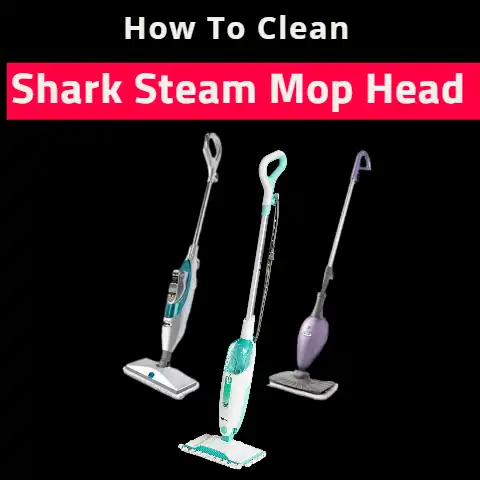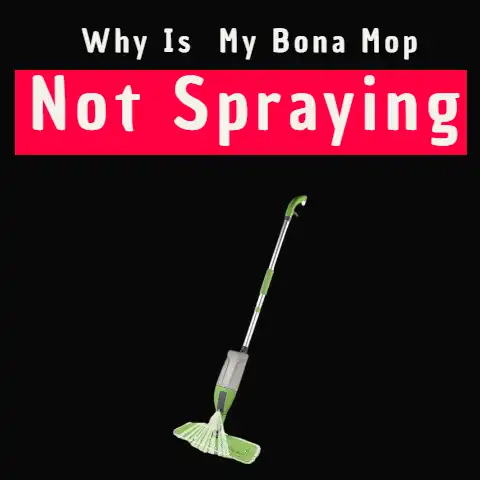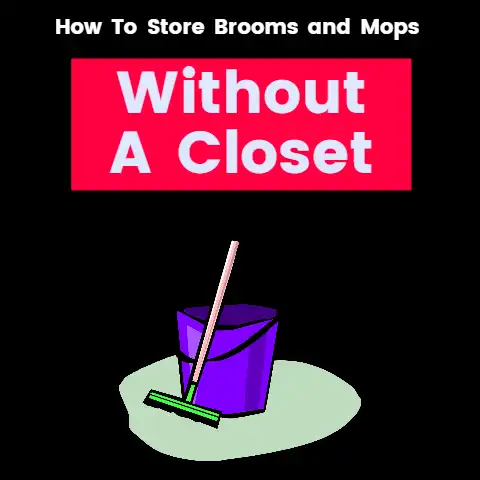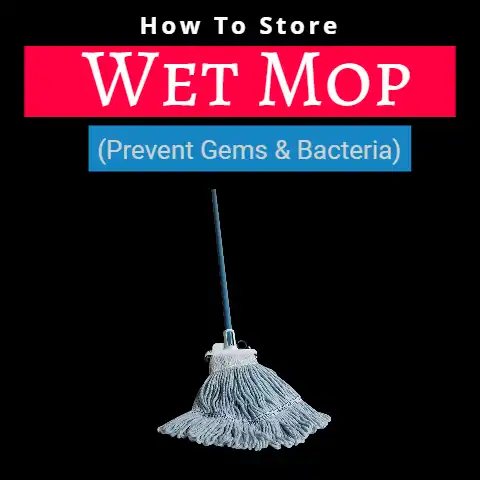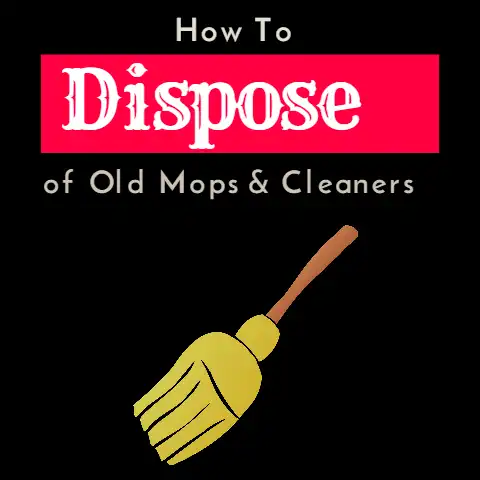Pre-Sweep So Grit Isn’t Impeding Smooth Mop Gliding (Guide)
Keeping floors clean is an important part of maintaining a healthy home or workspace. However, it can be frustrating when grit, dirt, and debris impede your ability to smoothly glide a mop across the floor during cleaning. Proper pre-sweeping is key to optimizing mop functionality and efficiency.
In this comprehensive guide, we will cover everything you need to know about pre-sweep best practices so grit isn’t obstructing smooth mop gliding. You’ll learn the reasons grit can hinder mop gliding, the negative impacts of attempting to mop over grit, tips for effective pre-sweeping, choosing the right sweeping tools, proper dirt and debris disposal, and much more.
Whether you’re a cleaning novice or a seasoned expert, this guide will help take your floor mopping results to the next level. Let’s get started!
Why Grit Impedes Smooth Mop Gliding
The Abrasive Nature of Grit
Grit refers to coarse particulate matter like dirt, sand, pebbles, and other rough debris that tends to accumulate on hard floor surfaces. When grit gets ground underneath a mop, it creates substantial friction and traction that impedes the mop’s ability to smoothly glide across the floor.
The abrasive minerals and rough edges of grit particles grab onto the mop fibers and the floor surface. This prevents the easy back-and-forth motion that allows efficient mopping. Instead, you have to put in extra physical effort to drag and pull the mop across areas where grit has accumulated.
Not only does this make mopping more labor-intensive and tiring, but it also reduces cleaning performance. When grit causes resistance and friction against the mop, the mop can’t make full contact with the floor to dislodge grime and dissolve sticky messes.
How Grit Can Scratch Floors
Attempting to mop over top of grit can also lead to micro-abrasions and scratches on delicate flooring materials like wood, vinyl, and tile. The grit acts almost like sandpaper, creating tiny scrapes in the floor’s protective sealant with every forceful pull of the mop.
Over time, these micro-scratches destroy the glossy appearance of the flooring and allow dirt, spills and moisture to penetrate deeper into the flooring material leading to permanent damage. Once etching and pitting occurs, the floors become difficult to clean and restore.
Negative Impacts of Mopping Over Grit
Ineffective Cleaning
When grit is present before mopping, it prevents the mop from removing dirt, sticky messes, and debris from the floor surface. Essentially, the grit creates a barrier between the mop and the floor which massively reduces cleaning efficiency.Any large particles, dust, allergens, and stuck-on grime that should be dissolving and lifting away with the mop gets left behind. This means you have to repeat the arduous mopping process over and over, still without properly sanitizing or removing buildup from the floor.
Increased Risk of Injury
Attempting to forcibly drag a mop that’s being obstructed by grit and traction puts strain on muscles and joints including the back, shoulders, wrists, and knees. It raises the risk of repetitive stress injuries and painful inflammation over time.Exerting excessive pressure through awkward motions to coerce the mop through gritty areas often leads to pulled muscles, ligaments or tendons. This can mean painful sprains and strains that hamper mobility.
Excess Moisture Exposure
The friction caused by mopping over grit also slows down the floor drying process. All the pulling and resistance creates more friction heat under the mop which drives moisture deeper into porous areas. Dampness gets trapped underneath grit particles and flooring pores instead of evaporating.
Prolonged moisture exposure creates the perfect breeding ground for mold, mildew and bacteria growth. It also allows moisture damage and warping to occur on many flooring materials. This not only creates health hazards but also ruins the flooring so it needs replacement.
Tips for Effective Pre-Sweeping
Assess Grit Distribution
Before you grab the broom, take a few minutes to survey the area and identify the location of grit accumulation. Check along edges, corners, and high traffic zones. Also peek under furniture and along baseboards for hidden debris. This allows for targeted sweeping.You want to scan for both loose grit as well as concentrated patches that have been ground in. Make a mental map so you know which areas need detail sweeping versus just a quick once-over. The goal is to remove all visible grit and debris before mopping.
Choose the Right Sweeping Tools
Having the proper sweeping equipment for collecting grit makes a huge difference in mopping preparation. Avoid flimsy plastic brooms that merely scatter debris around. Instead, choose sturdy bristled brooms with natural or microfiber bristles and flagged ends that attract and trap grit.For fine dust and grit, you’ll also need a high quality microfiber duster with a telescoping handle. This lets you remove clingy debris along edges and fixtures before sweeping. For stuck-on grit patches, have a stiff-bristled hand scrub brush for agitating the area before sweeping up.
Sweep Debris Out Not Around
When sweeping, make sure to whisk the debris in front of the broom and directly towards your dustpan or trash bag, not off to the sides of the broom where grit can be missed. Avoid just sweeping in little circles that push grit from one area to the next rather than removing it.
Work systematically section by section, moving methodically across then up and down the room. Make sure to overlap sweeps to cover every inch. Don’t allow any visible debris piles to remain. Go over areas from multiple angles to ensure you extract both large and fine grit particles.
Check your work by looking across the floor at eye level as well as glancing under lighting at an angle to spot any remaining glittery grit specks. Do detail sweeps under furniture and backs of appliances where grit loves to hide.
Seal Trash Bags Tightly
After sweeping, securely seal trash bags containing grit and debris right away. Give bags a quick shake to knock any clinging particles off the exterior before cinching ties. This prevents spillage leading to re-contamination of cleaned floors pre-mop.
If disposing indoor waste bins, consider adding an extra liner bag or using a bag clip to keep contents securely contained until taking trash outside. A loose bag flap or overflow debris puts you right back at square one with floors needing re-sweeping.
Choosing the Right Sweeping Tools
<h3>Brooms – Bristle Type and Size Considerations</h3> With old-fashioned brooms, the bristle material and thickness determines how effectively it sweeps up grit and debris. The best broom bristles for pre-mop grit removal include:
- Split Tampico Fibers: Tampico comes from the Mexican agave plant. Split fibers expose more gripping edges to penetrate and extract grit.
- Palmyra Fibers: This natural palm brush is stiff for debris agitation but still gentle on floors. The thick fibers resist flattenning.
- Microfiber: For fine dust and allergens, choose a microfiber broom. The dense split fibers electrostatically attract and trap tiny particles.
The ideal bristle thickness for grit removal is medium thickness—not so thin that bristles easily bend or mat down, but not so thick that sweeping power is reduced. Look for flagged bristle ends which help with dustpan debris collection.
Broom Handles – Length and Ergonomics
For pre-mop sweeping, choose a broom with at least a shoulder height handle or longer to allow an upright arm position while sweeping. This prevents needing to hunch over which strains the back.
See if adjustable height handles are available to customize fit. Make sure grip area is comfortable without sharp edges. An ergonomic handle allows you to grasp firmly with hand and fingers wrapped around neutral wrist alignment.
Some brooms come with soft comfort grip areas for extended sweeping sessions. Or you can add your own cushioned foam or tape for a custom fit based on your hand size.
Dusters – Microfiber and Extendable Handle
A high-quality microfiber duster is key for removing fine dust and grit from surfaces prior to sweeping floors. Choose a style with a bendable head to adjust angle as needed to reach corners and crevices. Make sure microfiber pad is thick, plush and machine washable.
Look for an extendable lightweight aluminum handle that you can lock at different heights. Variable lengths allow access for dusting ceiling corners, vents, light fixtures, tall shelves and other above floor areas where grit accumulates.
Swapping out handle heads also allows the pole to double for cobweb removal duties around the home post-sweeping.
Proper Grit and Debris Disposal
Use a High Quality Dustpan
A quality dustpan ensures debris makes it from floor into the trash not back onto cleaned floors. Key features to look for include:
- Deep enough bag lip to contain debris piles without overflow or spillage
- Rubber lip that forms a tight seal to floor to keep dust contained
- Rear rubber squeegee to prevent escape of fine particles
- Ergonomic design with long handle that eliminates bending
Make sure to regularly empty and wipe out dustpan so grit doesn’t accumulate and spill back out onto newly swept floors. Rinse pan with water after to maintain stickiness of rubber lip seal.
Designate Indoor Debris Collection Points
When sweeping large areas, it helps to have multiple interim collection points to empty swept up grit, rather than trailing a dustpan long distances across rooms. Options could include:
- Multiple small trash cans or buckets spaced around area
- Large debris collection bag secured in central spot room
- Child’s portable plastic wading pool (for big renovation type jobs)
This allows you to dump broom loads before resuming sweeping. Having contained collection zones eliminates risk of debris trails across newly cleaned floors. It also prevents having to carry heavy loads of grit which strains muscles.
Take Out Trash Promptly
Make sure to promptly dispose of grit filled trash bags in exterior receptacles after sweeping. Indoor trash cans containing debris should have tight sealing lids and extra bag liners for added leak protection. Or utilize clip style can liners to prevent escape of fine particles back into home.
Don’t allow filled sweeping waste bags to sit in the home for extended durations. Even tiny tears or holes can allow plumes of dust and grit granules to spill out onto cleaned floors, embedding into porous floor materials and making floors dingy again.
FAQ – Common Pre-Sweep Questions
How do I sweep floors correctly?
Proper floor sweeping technique involves first assessing debris distribution then working in overlapping back-and-forth motions section by section from one end of room to other. Make sure to extract all visible dirt and grit particles using corner edge bristles. Do detail sweeps under furniture with brush extensions before mopping.
Can I just use a vacuum instead of sweeping?
While vacuuming may seem easier for removing grit, standard home vacuums usually lack the power to thoroughly extract debris embedded in textured floor materials. Sweeping agitates grit then allows mopping solutions to penetrate pores for better sanitization.
How can I stop grit from ruining my floors?
The best way to prevent floor scratching and damage from grit accumulation long-term is having sturdy doormats outside every home and business entrance. Choose heavy duty mats with bristles, nubs or grooves that dislodge debris from shoes before entering. Providing boot trays and shoe removal zones also helps stop grit at the door.
What kind of broom is best?
The best brooms for pre-mop grit removal have bristles made from natural tampico, palmyra or microfibers with flagged ends to dig into debris. Choose medium thickness bristles on a sturdy wooden block head with an ergonomic extended length handle for ease of use.
How do I make sweeping easier?
To reduce sweeping difficulty, choose quality tools designed to minimize physical strain. Prioritize an extra long ergonomic handle for upright sweeping posture. Seek smooth rolling waste bins that follow behind for easy load dumping. Having contained collection points spaced around rooms is helpful for large area sweeping too.


